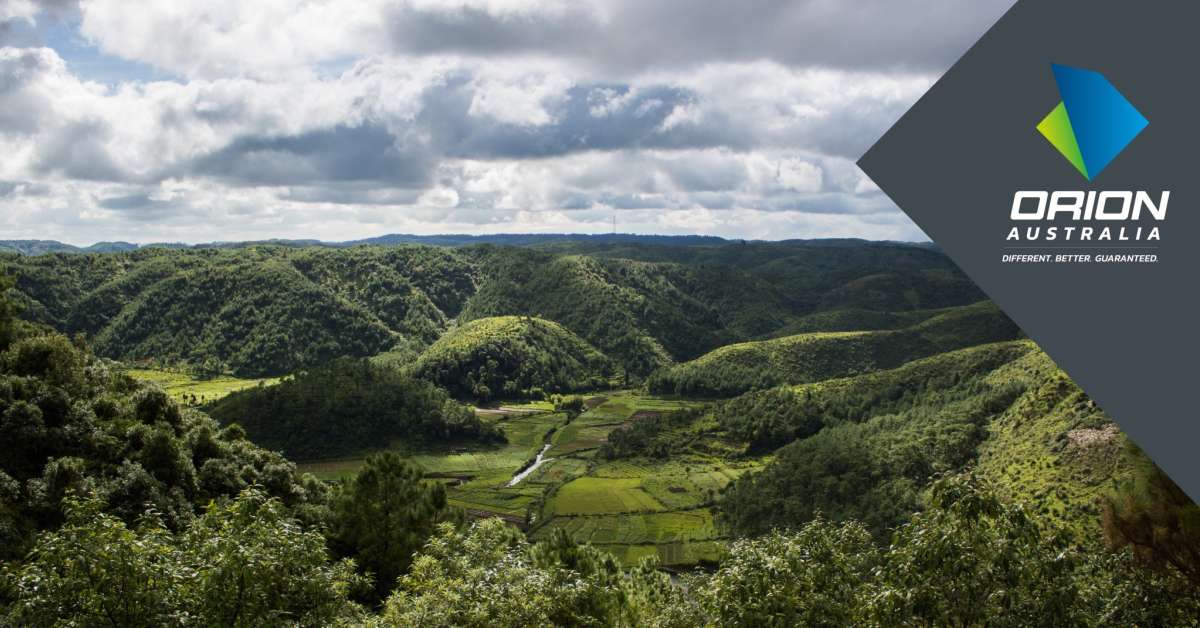30 May 2025
World Water Series – The Wettest Place on Earth – Mawsynram
Most of us appreciate a refreshing rain shower, but when the skies remain heavy for days or weeks on end, even the most rain-loving among us might start to grumble. Now, imagine enduring unrelenting down pours not for weeks but months. Welcome to Mawsynram, India, the wettest place on earth.

In this article we will uncover the wonders behind Mawsynram’s extraordinary rainfall, explore how its residents have ingeniously adapted to this unique environment, and draw some comparisons with some of Australia’s wettest regions.
Why So Much Rain?
Mawsynram, nestled in northeastern India’s East Khasi Hills, holds the title of the wettest place on Earth. The incredible rainfall here is largely due to the water cycle at work. Warm, moisture-laden air from the Bay of Bengal travels over the Bangladesh region before being pushed upward by the Khasi Hills. This causes the air to cool and condense, unleashing torrential monsoons that can last from around May to September. With a Guinness World Record for the highest annual rainfall, Mawsynram is truly a place where you need to seek shelter!
Surviving in the Wet
For most of us, stepping out the door means grabbing our keys and bag, but for the residents of Mawsynram, an umbrella is an absolute necessity. Many rely on a traditional, handcrafted umbrella called a knup, designed to provide maximum protection from the relentless rain.
The people of Mawsynram have adapted to their unique monsoon climate. While the constant downpours can feel overwhelming, they stay productive by working indoors or under portable shelters. Children continue attending school, although the deafening roar of rain on rooftops often disrupts lessons.
The heavy rains, however, are not without their danger. Landslides are a frequent hazard in the region, and some villagers live in mud homes that are vulnerable to rain seeping in.
Preparation is key for surviving the monsoon season. Residents ensure their homes are watertight, and stock up on firewood, to brace for the challenges ahead. Once the rains subside, the focus shifts to repairs and restoring normalcy after months of torrential weather.
You might wonder what life is like during the rest of the year. In the dry season, which occurs in winter, rainfall drops significantly, often averaging around 30mm per month. However, the lack of adequate infrastructure means much of the water that could be conserved flows away to Bangladesh, making the dry season particularly challenging. On the bright side, efforts are underway to better conserve this abundant resource during the wet season. Ensuring it is available when it is needed the most.
Mawsynram vs. Australia’s Rainfall
Queensland, Australia:
- Annual rainfall: Up to 3560mm
- Certain areas receive this high level of rainfall, while other regions experience significantly less.
Queenstown, Tasmania:
- Annual rainfall: Average of 2408mm
- Known as one of Australia’s wettest locations, with over 100 rainy days per year.
Mawsynram, India (World Record):
- Annual rainfall: 11872mm
- Closely followed by Cherrapunji, India, and Tutuneendo, Colombia, in second and third place globally.
Mawsynram’s remarkable rainfall is both a challenge and a resource for its resilient residents, who have adapted ingeniously to their environment.
For those in rain-prone areas, capturing and storing rainwater during peak seasons is a smart way to prepare for drier times. Orion Australia manufactures a wide range of poly and steel rainwater tanks for Tasmanian’s, designed to help to collect the invaluable resource ensuring water is available when it's needed most.


